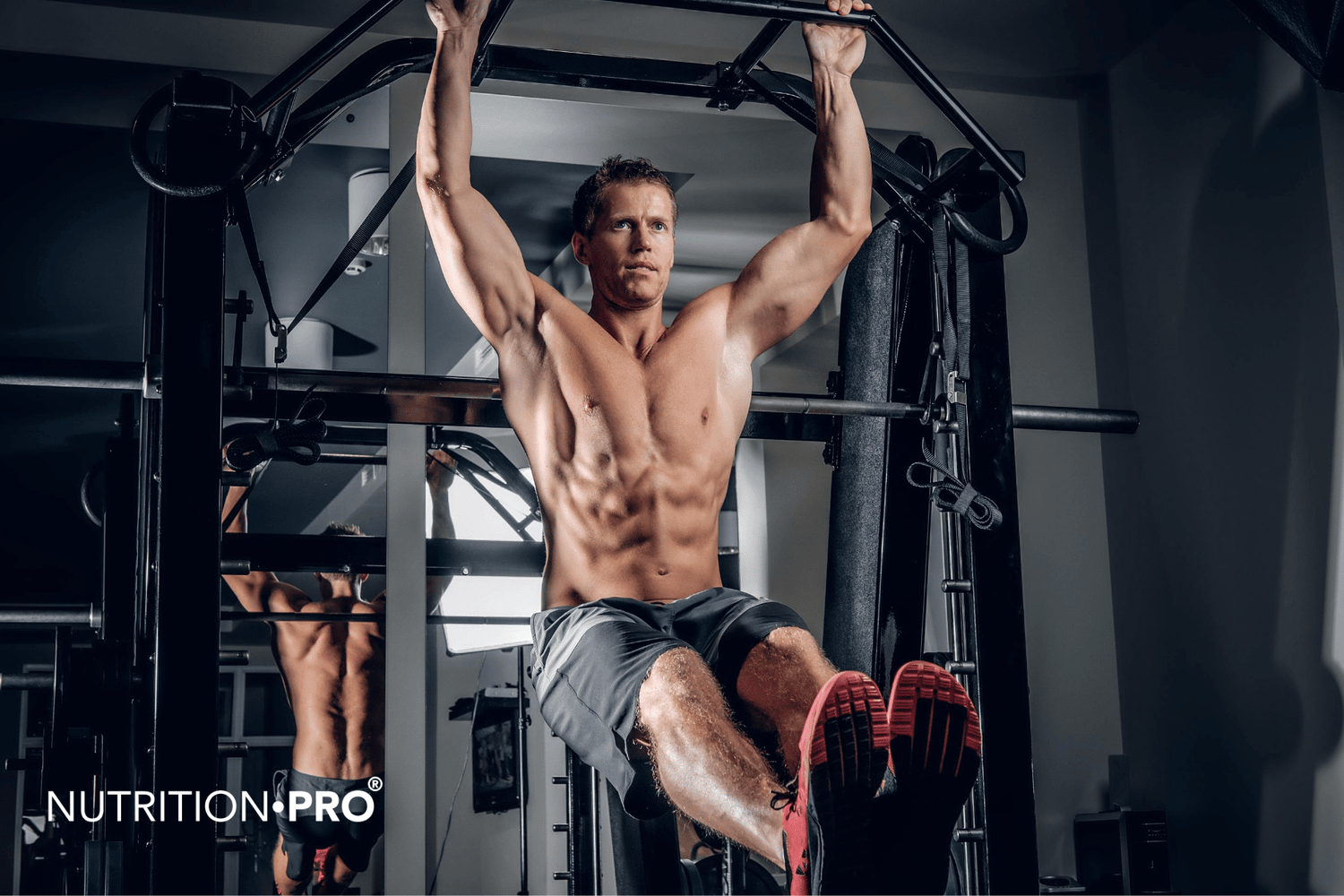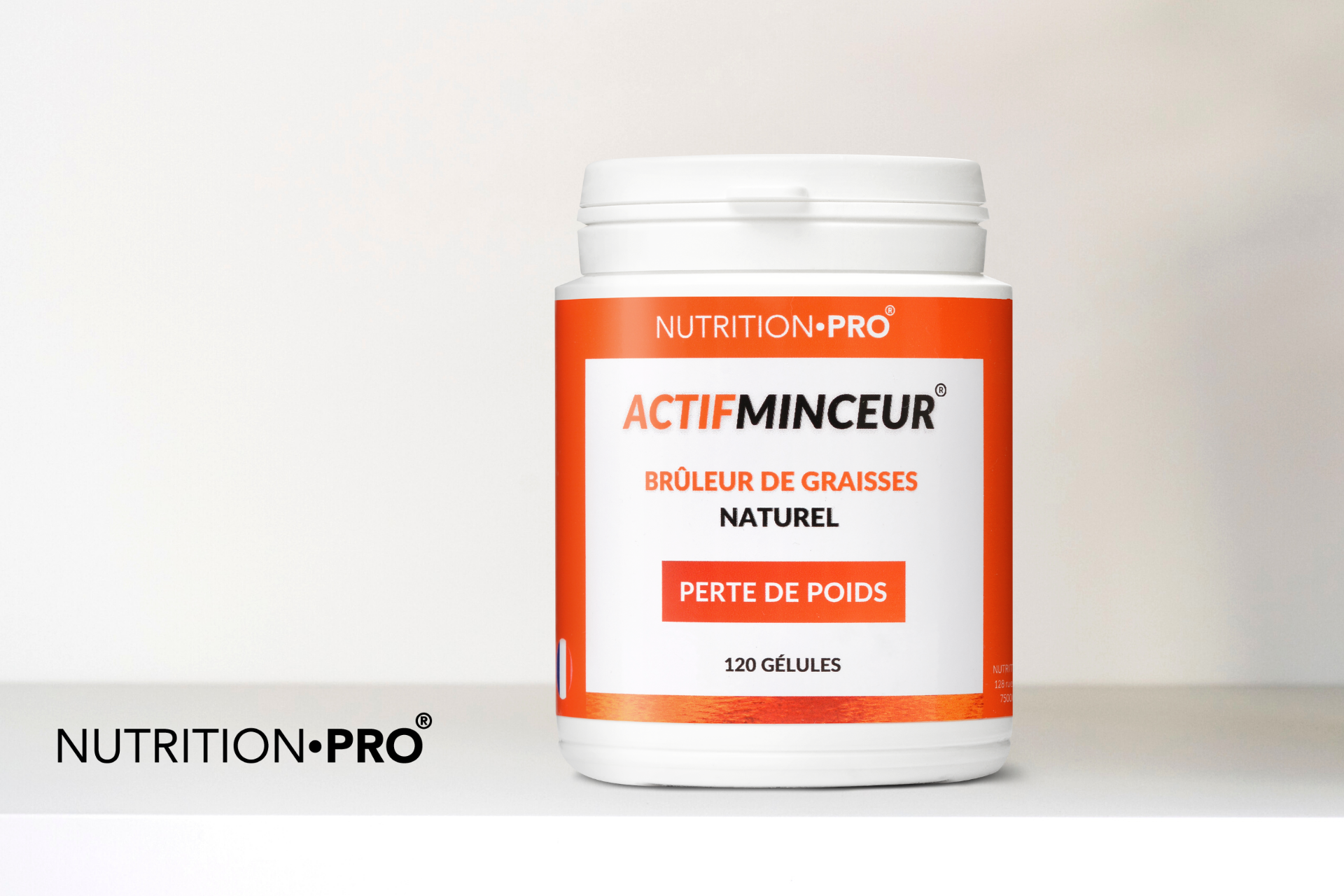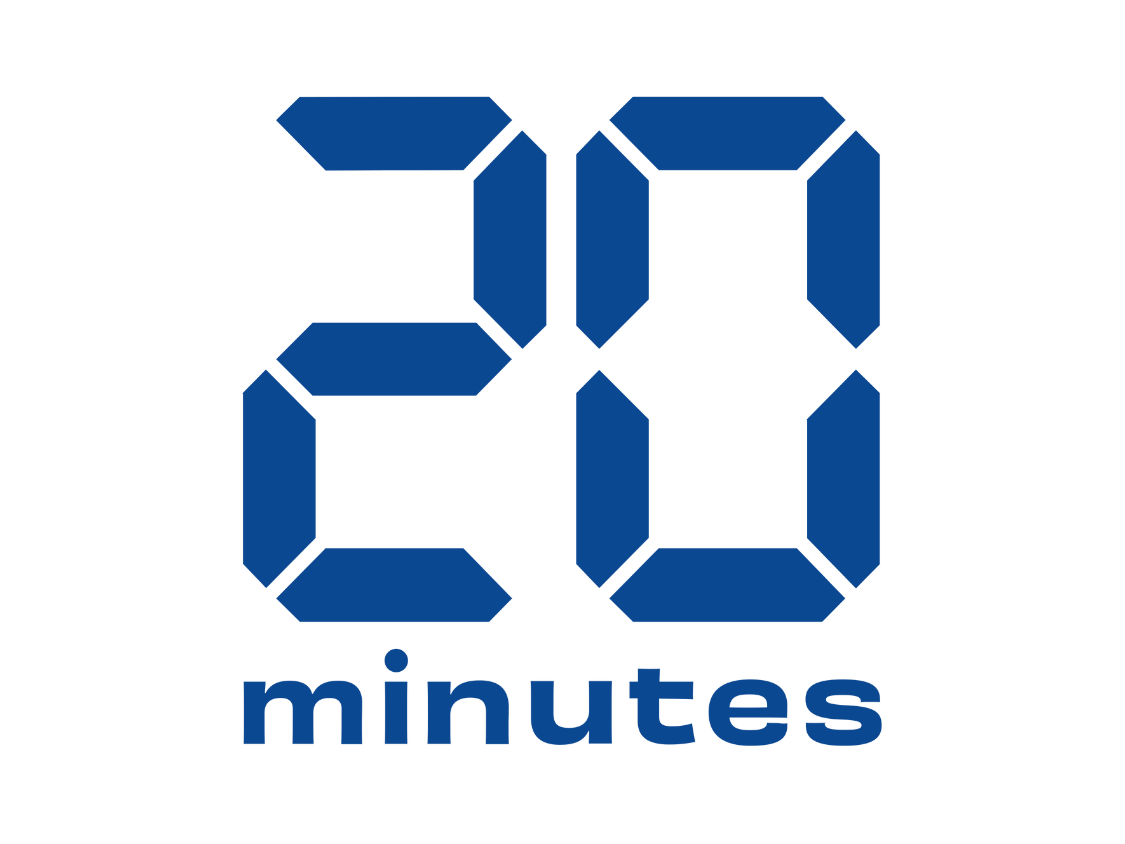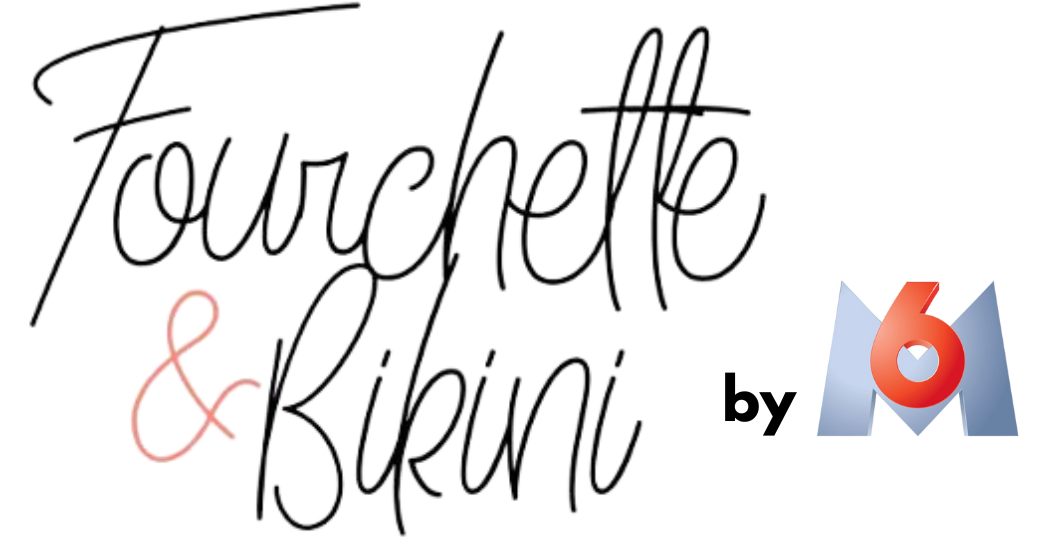If you've worked hard to get in shape but still want to lose fat , you may be worried about losing muscle as well. To avoid this, you can follow some nutrition and fitness guidelines that will help you get the desired results.
You need to lose weight safely and effectively to optimize fat loss and muscle maintenance . This is especially important if you want to maintain your fitness level, physical activity and overall function.
With the right approach, it is possible to lose fat while maintaining muscle mass . This article explains how to use an exercise and nutrition program to effectively eliminate fat without losing muscle .

DISCOVER ACTIFMINCEUR®: THE NEW NATURAL FAT BURNER
What to do to lose fat?
For to lose fat , you need to eat fewer calories than you burn each day and exercise regularly. Frequent physical activity helps to eliminate fat . If you lose weight without exercise, you are more likely to lose both muscle and fat.
Although it is not possible to lose fat from particular areas of your body, you can work on reducing your percentage overall of body fat.
Losing weight quickly can contribute to muscle loss. It is best to lose a small amount of weight each week over a longer period. Following an adapted nutritional program is particularly effective in losing fat without muscle wasting .
How to maintain muscle mass
To maintain muscle mass while losing fat , you'll need to find a balance between limiting yourself and pushing yourself as much as you can.
Each person will have different results. Listen to your body and adjust your training program and diet accordingly.
Do not restrict yourself to the extreme
Avoid any type of diet that is too drastic or restrictive. It will be harder to keep up with the pace in the long run. Prefer a nutritional program adapted to this scenario.
Avoid overtraining and stay away from any training regimen that could burn you out or injure you. Pushing yourself too hard or too fast can lead to missed workouts due to fatigue or injury. Don't forget that the days off are very important.
Opt for healthy and optimized nutrition
Modify your diet to include healthy protein and fewer unhealthy fat sources .
In a A review of 20 studies dating back to 2016, researchers found that older adults retained more lean mass and lost more fat when following a high-protein diet .
Take a fat burner supplement
DISCOVER ACTIFMINCEUR®: THE NEW NATURAL FAT BURNER
Consider taking a supplement, such as chromium picolinate, L-carnitine, CLA or even kola which would have a positive effect on weight loss , hunger and blood sugar.
Several studies emphasize the importance of reducing body weight without losing lean body mass .
In addition to taking dietary supplements, you can:
- Eating the right amounts of macronutrients, such as proteins, fats, and carbohydrates
- Managing Calorie Intake
- Do resistance exercises
Before taking any supplement, consult your doctor. Some supplements may negatively interact with certain medications or conditions.
Exercise
Exercise is another important aspect of maintaining muscle mass . Research from 2018 examined the effect of calorie restriction combined with resistance, endurance, or both types of training in obese older adults.
Researchers found that when individuals followed a diet and did some type of exercise, they were able to prevent muscle loss due to calorie restriction .
Most diets were 55% carbs, 15% protein, and 30% fat.
More research is needed to determine which type of exercise is most effective at preventing muscle loss .
Plan recovery time
Give yourself plenty of time to recover between workouts. This is especially important if you eat fewer calories and do intense workouts. Getting enough sleep helps restore your energy level.
Exercise plans
Follow some of these tips to help you exercise smarter to reach your goals.
do cardio
To lose fat and gain or maintain muscle mass , do moderate to high intensity cardio for at least 150 minutes per week. Examples of cardio exercises include:
- Cycling
- running
- Swimming
- Interval (HIIT)
- Boxing
- Football
- Basketball
- Volleyball
Increase intensity
Increase the intensity of your workouts to challenge yourself and burn calories. For your training to effectively amplify your strength, you need to push your muscles to their maximum capacity. This may involve pausing before continuing.
Continue to strength train
Do strength training two to three times a week. It can be a combination of:
- Indoor bodybuilding
- bodyweight exercises
- Resistance Band Exercises
Exercise classes, such as yoga, Pilates or tai chi , are also options.
Always start with light loads and fewer reps. Work your way up to heavier weights or more reps. This will help avoid injury.
Bodybuilding helps prevent muscle loss while increasing muscle mass . Make sure your routine is balanced and targets all major muscle groups.
Give your muscle groups time to recover. You can aim to target each muscle group no more than twice a week. To reduce fat, you can also incorporate interval training (HIIT) in your training plan.
Rest !
Schedule adequate rest and recovery every other day. Take a full day off or opt for very moderate-intensity exercise, such as walking, swimming, or dancing.
Balanced diet
To optimize fat loss while maintaining muscle mass , follow a nutrition plan that meets your nutritional and energy needs.
Eating healthy foods can also help you feel full, so you'll be less likely to overeat.
Before your workout, make sure you're well hydrated by drinking plenty of fluids. Replace sugary drinks with drinks such as green tea, coconut water and fresh vegetable juice. You can also have a light, easily digestible, carbohydrate-rich meal.
Within 45 minutes of finishing a workout, eat a meal containing protein, carbohydrates, and healthy fats.
Increase your energy level with carbs after a workout . It helps in the recovery process and can even help speed up this process. Carbohydrates help replace glycogen stores used for energy during exercise.
Ideal carbs to eat after exercise include:
- Fresh fruits
- Sweet potatoes
- Whole wheat dough
- Dark leafy vegetables
- Milk
- Legumes
- Whole grains
Protein options for gaining lean muscle mass include:
- Lean meats, such as turkey and chicken
- Seafood
- Hazelnut
- Eggs
- Low-fat dairy products
- Beans
- Quinoa
- Buckwheat
- Brown rice
You can also include healthy fats in your post-workout meals , including:
- Lawyer
- Hazelnut
- Nut butters
- Chia seeds
- Mix of dried fruits
- Dark chocolate
- Whole eggs
- Olive and coconut oil
- oily fish
- Cheese
The essential
Although you may end up losing a small amount of muscle mass with excess fat, you can help manage it with a proper diet and exercise program .
To promote fat loss , maintain a calorie deficit while eating plenty of protein, carbohydrates, and fresh fruits and vegetables.
Set realistic and achievable goals. Track your progress over several months. Challenge yourself to improve your performance and focus on building your strength.
Stay consistent in your approach and continue to focus on your progress. Be sure to enjoy the benefits of your hard work.















